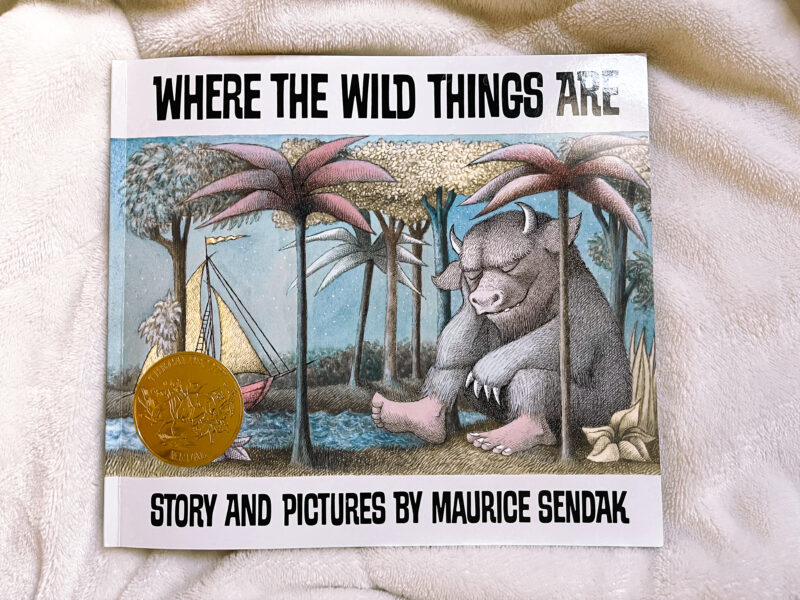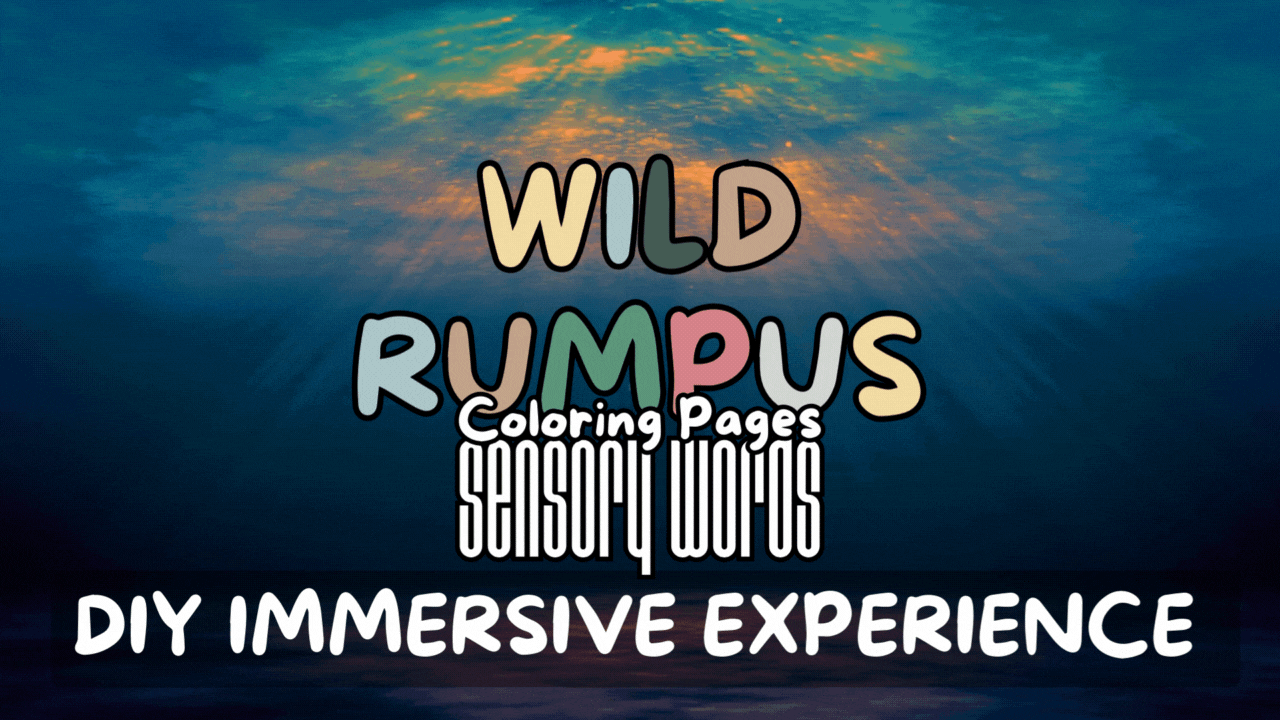
Introducing ‘Wild Rumpus’: a DIY Immersive Sensory Experience of ‘Where the Wild Things Are’
a DIY Immersive Sensory Experience of
‘Where the Wild untamed or uncontrolled; living in a natural state and not domesticated Things Are‘
untamed or uncontrolled; living in a natural state and not domesticated Things Are‘
Welcome, Dear Sensory Adventurers!
Are you ready to embark on a thrilling journey into the realm of the beloved classic children’s book, ‘Where the Wild Things Are’ by Maurice Sendak? Prepare to unleash your senses as we delve into the immersive sensory experience of the Wild Rumpus. But here’s the best part: you can create this magical experience right in your own sensory spaces, using the DIY tools coming to our story library. Join us on this wild adventure as we explore sensory words from the book, sensory prompts, and unlock the wonders of this timeless tale together!
Join us we kick off this complete immersive sensory experience with the Wild Rumpus sensory words and coloring pages with quotes from the original classic. Here in this post, we will begin to uncover the magic of this timeless tale with vocabulary and follow up with more sensory space designs and story adaptations as we move along through the experience in subsequent posts and stories:
- Introduction to the Classic Story Book
- Sensory Writing Prompts
- Vocabulary Word Flash Cards
- and Coloring Pages with Book Quotes
So, gather the little ones and let the Wild Rumpus start! ☞
Getting Acquainted with
“Where the Wild Things Are”
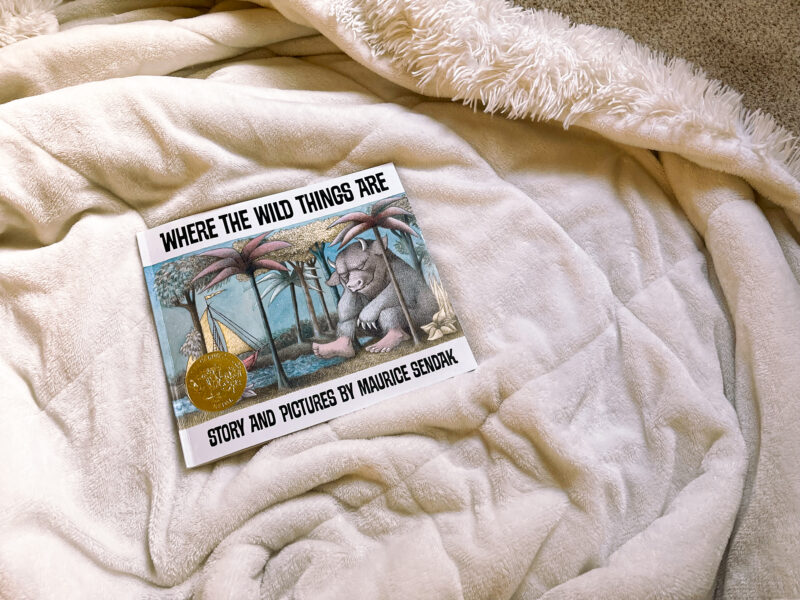
Let’s begin by introducing you to the incredible world of ‘Where the Wild Things Are.’ Authored by the talented Maurice Sendak, this book was first published in 1963 and has since captured the hearts of children and adults alike. Sendak crafted this enchanting tale as a tribute to the power of imagination and a celebration of childhood wonder. The story follows the adventures of Max, a mischievous young boy who sets sail to a mysterious island inhabited by wild creatures. Through beautiful illustrations and poetic storytelling, Sendak takes us on a journey that embraces both the wildness of our emotions and the comfort of home.
Sparking a Valuable Exploration
Why is it important to read ‘Where the Wild Things Are’ and engage in sensory exploration with our children today? Critics and experts have recognized this book for its exceptional qualities, and its enduring popularity is a testament to its profound impact. Awarded the prestigious Caldecott Medal, ‘Where the Wild Things Are’ has captured the hearts of readers young and old, transcending generations.
At its core, this book holds the power to ignite the flame of imagination within children. As we read this story to our little ones, we invite them into a world where anything is possible, where wild adventures unfold in the depths of their own minds. By delving into the vivid landscapes and imaginative creatures of the story, children learn to think creatively, to dream big, and to embrace the limitless possibilities of their own imagination.
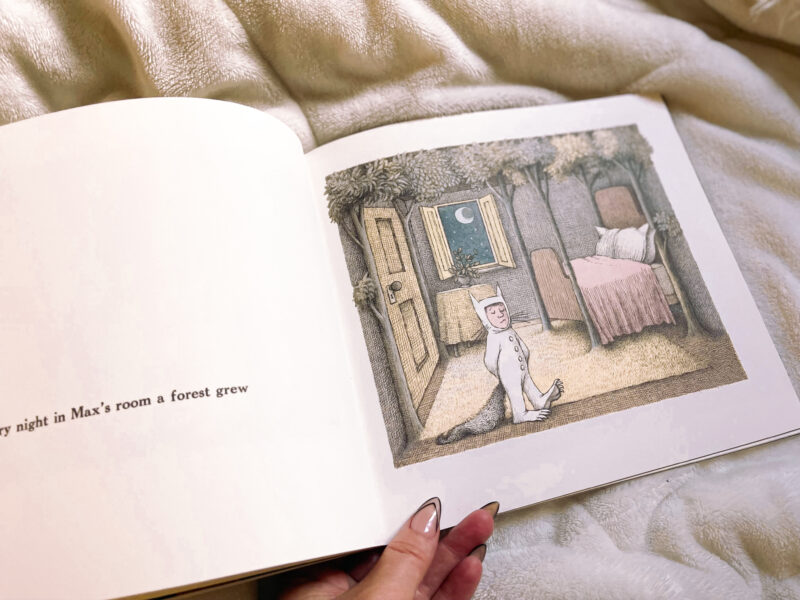
Beyond its imaginative allure, ‘Where the Wild Things Are’ has also been celebrated for its profound emotional resonance. This book validates children’s emotions, normalizing their experiences of fear, anger, and frustration. Through Max’s journey, children learn that it’s okay to feel wild and untamed emotions, and that there is a safe space for them to express and process those feelings. This validation lays the foundation for emotional intelligence, helping children develop empathythe ability to understand and share the feelings of others, suggesting compassion, kindness, or emotional intelligence and a deeper understanding of their own emotions and the emotions of others.
Moreover, ‘Where the Wild Things Are’ serves as a gateway to the world of storytelling. By introducing children to the power of narratives, we open doors to a lifelong love a strong feeling of affection and attachment towards someone or something of reading and storytelling. Through storytelling, children develop crucial language and communication skills, expand their vocabulary, and enhance their comprehension abilities. They also learn to interpret and empathize with diverse characters and perspectives, nurturing their capacity for empathy and fostering a more inclusive worldview.
a strong feeling of affection and attachment towards someone or something of reading and storytelling. Through storytelling, children develop crucial language and communication skills, expand their vocabulary, and enhance their comprehension abilities. They also learn to interpret and empathize with diverse characters and perspectives, nurturing their capacity for empathy and fostering a more inclusive worldview.
Engaging in sensory exploration alongside the reading of ‘Where the Wild Things Are’ adds another dimension to the experience. By actively immersing ourselves in the sensory elements of the story, we engage multiple senses and create a more profound connection to the narrative. This multisensory approach enhances the overall learning experience, deepening our understanding and emotional connection to the story.
In today’s fast-paced and increasingly digital world, it is vital to carve out moments of stillness and connection with our children. Reading ‘Where the Wild Things Are’ and engaging in sensory exploration provides a precious opportunity for quality bonding time, creating cherished memories and nurturing the parent-child relationship. It is a chance to step away from screens and distractions, and enter a world of wonder and imagination together.
In conclusion, reading ‘Where the Wild Things Are’ and engaging in sensory exploration with our children holds immeasurable value. It sparks imagination, validates emotions, and teaches valuable life lessons. Through storytelling, we cultivate creativity, empathy, and emotional growth. So, let us journey into the realm of the wild things, hand in hand with our little ones, and discover the transformative power of this timeless tale.
Embracing Sensory Words and Writing
One of the things that makes ‘Where the Wild Things Are’ such a great book for sensory exploration is the vivid sensory language used throughout the story. From the “wild rumpus” to the “hot having a high degree of heat or a high temperature supper” Max is sent to bed without, there are plenty of opportunities to explore different sensory experiences.
having a high degree of heat or a high temperature supper” Max is sent to bed without, there are plenty of opportunities to explore different sensory experiences.
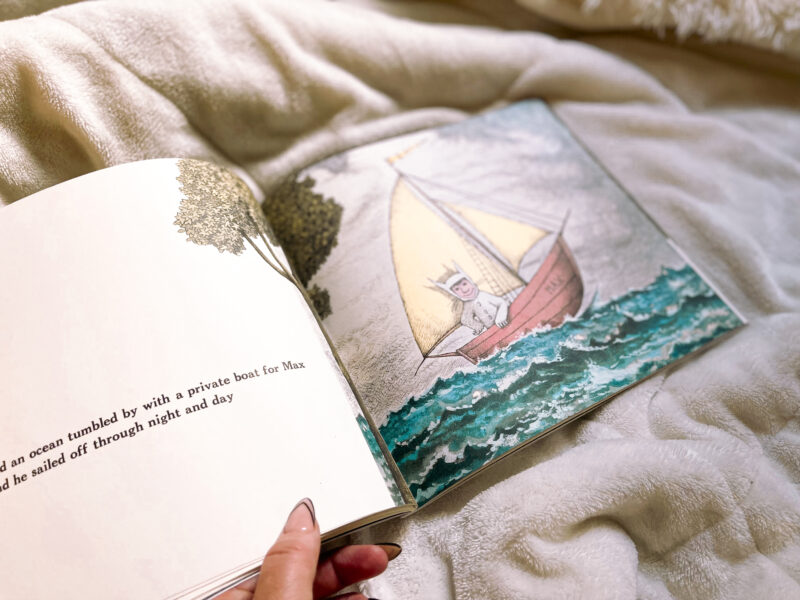
To help you and your child explore these sensory words, I’ve put together a glossary word book that includes terms directly from the pages of the book like “tumbled rolled or fell suddenly and uncontrollably,” “roared
rolled or fell suddenly and uncontrollably,” “roared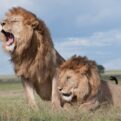 make a loud, deep, and prolonged sound, typically as a result of anger, pain, or excitement,” and “gnashed
make a loud, deep, and prolonged sound, typically as a result of anger, pain, or excitement,” and “gnashed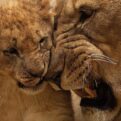 to grind or strike teeth together in anger or pain.” I’ve also created themed coloring pages with these words and quotes from the original story that you can download for free and color.
to grind or strike teeth together in anger or pain.” I’ve also created themed coloring pages with these words and quotes from the original story that you can download for free and color.
- Use the vocabulary flash cards to play a matching game with sensory readers.
- Read the story together and have them identify the sensory words as you go.
- Use the themed coloring pages to reinforce the sensory words and quotes from the book.
- Encourage the reader to use the sensory words in their own writing and storytelling.
Unveiling Sensory Word Treasures
VOCABULARY CARDS
As we delve into the sensory world of ‘Where the Wild Things Are,’ let’s explore some key sensory words that will enhance our experience with the story. These words will help us create a deeper connection to the characters and the settings, immersing us in a world of sight, sound, smell, and touch. Here are the sensory words to savor on this journey:
- tumbled: Experience the sensation of tumbling, rolling, and bouncing like Max on his wild adventure.
- roared: Hear the mighty roars of the wild things as they unleash their untamed voices.
- gnashed: Feel the intensity as the wild things gnash their teeth, displaying their ferociousness.
- yellow
 having the color of the sun or gold; of a bright and warm hue: Immerse yourself in the vivid world of color, particularly the radiant hue of yellow that fills the story’s pages.
having the color of the sun or gold; of a bright and warm hue: Immerse yourself in the vivid world of color, particularly the radiant hue of yellow that fills the story’s pages. - wild: Embrace the untamed energy and liberation that comes with embracing the wildness within.
- rumpus
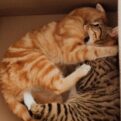 a noisy and disorderly disturbance or commotion: Feel the excitement and chaos of the wild things’ joyous rumpus, a spirited celebration.
a noisy and disorderly disturbance or commotion: Feel the excitement and chaos of the wild things’ joyous rumpus, a spirited celebration. - love: Connect with the tender emotions of love and affection that lie at the heart of the story.
- hot: Sense the warmth and intensity of Max’s emotions as he navigates his wild journey.
COLORING PAGES
To deepen our exploration of these sensory words, use the themed coloring pages that feature these words with memorable quotes from the original beloved book. Download these pages for free and bring the story to life through vibrant colors and personal creativity. Share yours with us at
#chrysanthemumstories
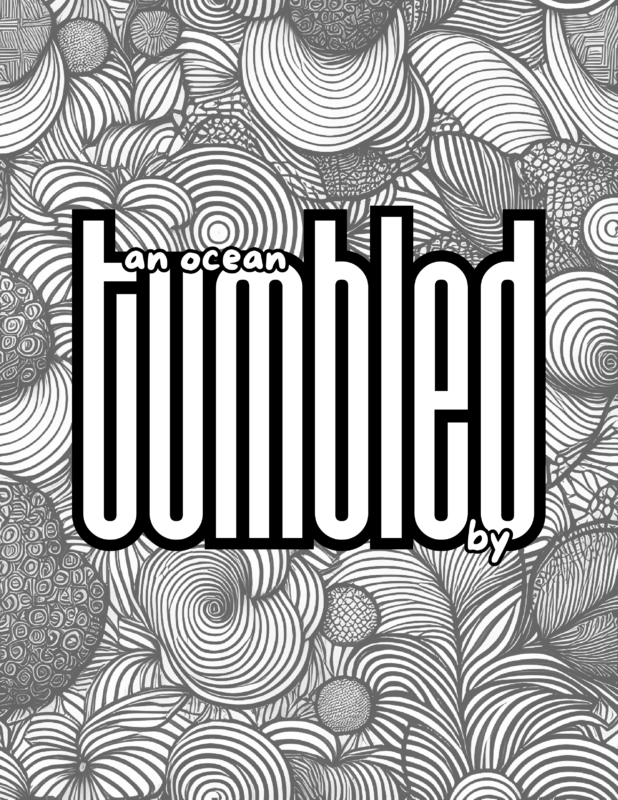
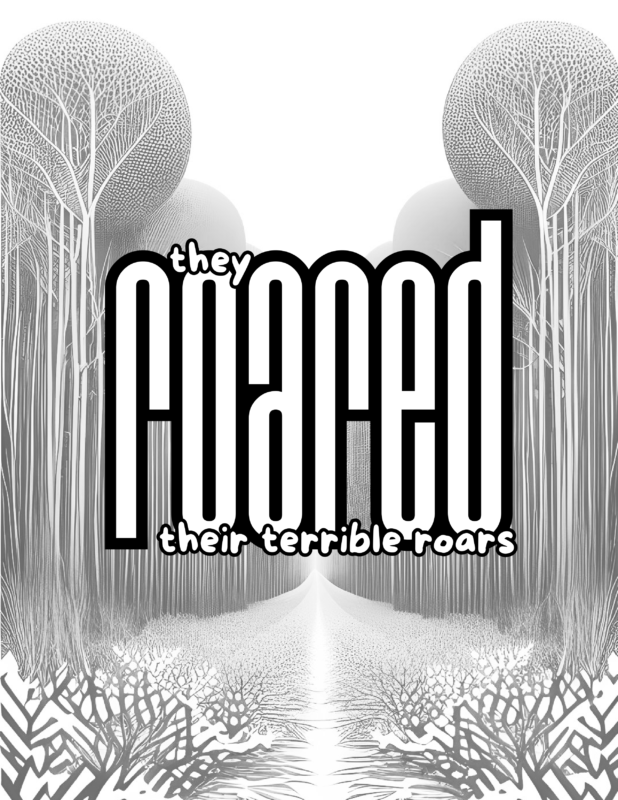

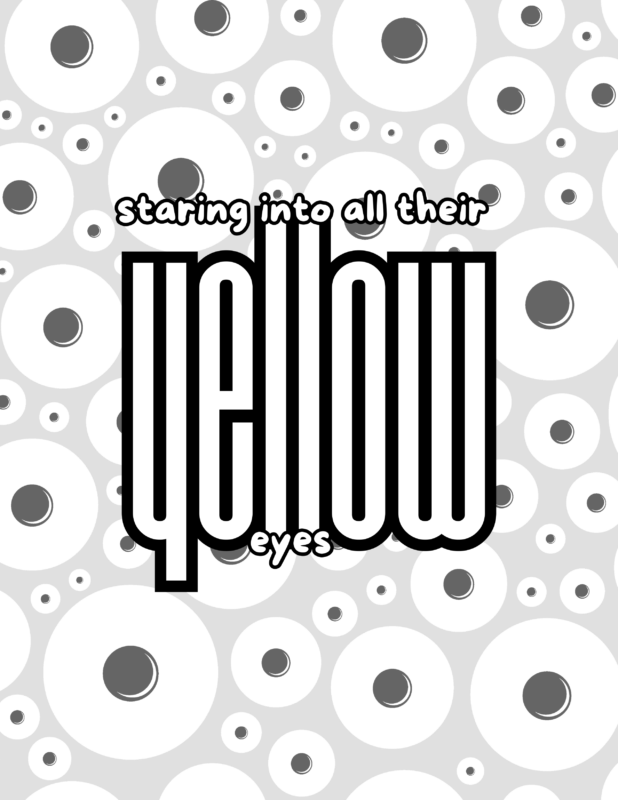
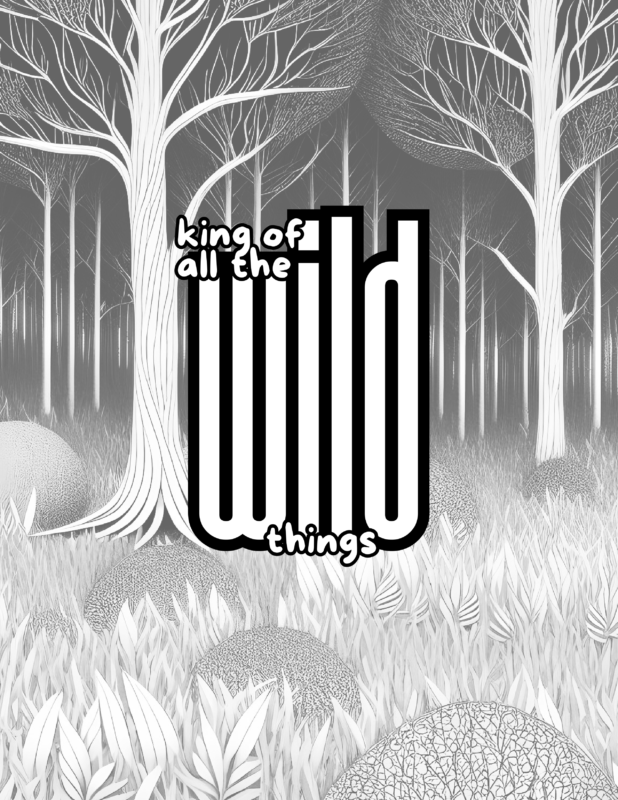
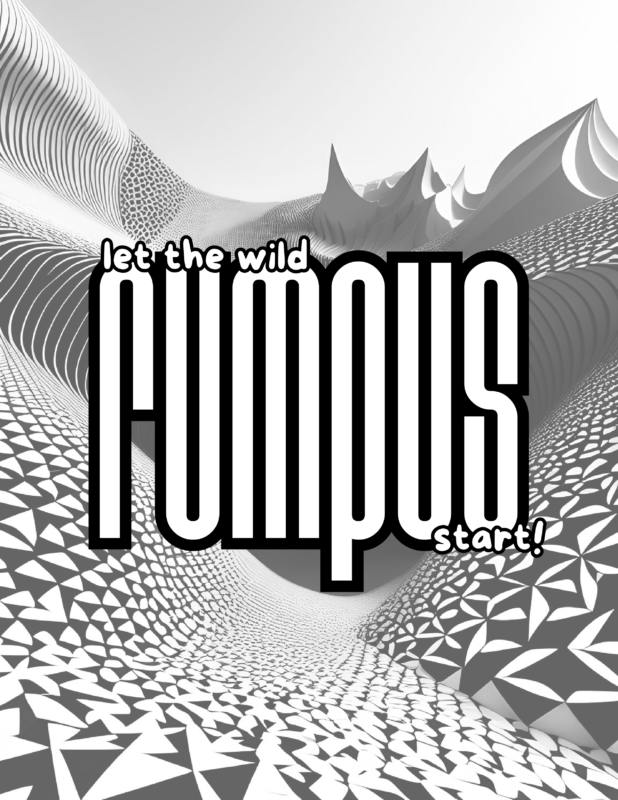

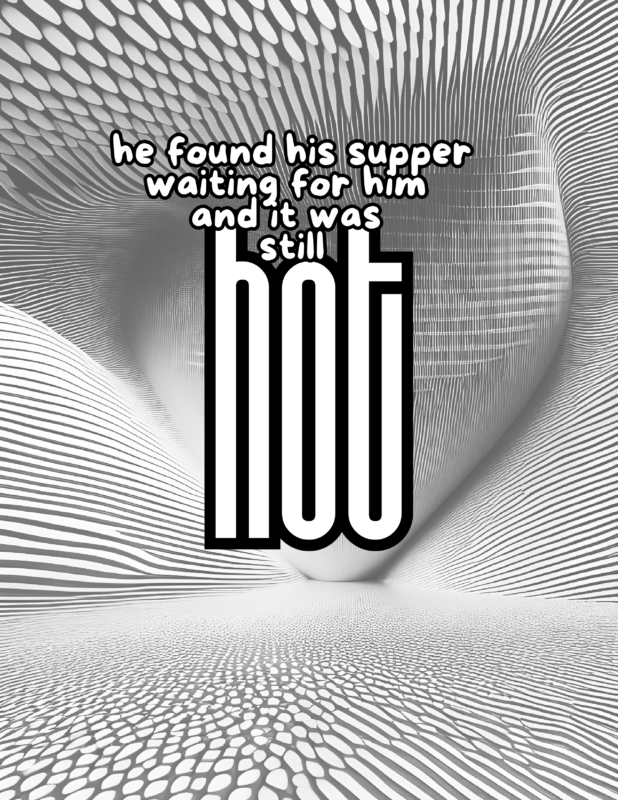
Bring the Story Words to Life
PREPARING THE ENVIRONMENT
To fully immerse our story into the world of ‘Where the Wild Things Are,’ we will be incorporating the sensory words from above into the sensory story adaptation and walkthrough exploration activities:
- Prepare for better story comprehension by printing out and filling in the coloring pages and quotes from the book. Cut out the vocabulary cards and use them as flash card practice before the storytelling performance.
- Read the original story book aloud, emphasizing the sensory words and encouraging the audience participants to repeat them and reference their completed coloring pages.
- Act out the story scenes using props and costumes, allowing participants to embody the characters and experience the sensory elements firsthand.
- Create a sensory-rich environment by incorporating elements like scents, textures, and sounds that support the story.
- Engage in art projects that explore the sensory themes of the book, using materials that stimulate the senses and encourage self-expression.
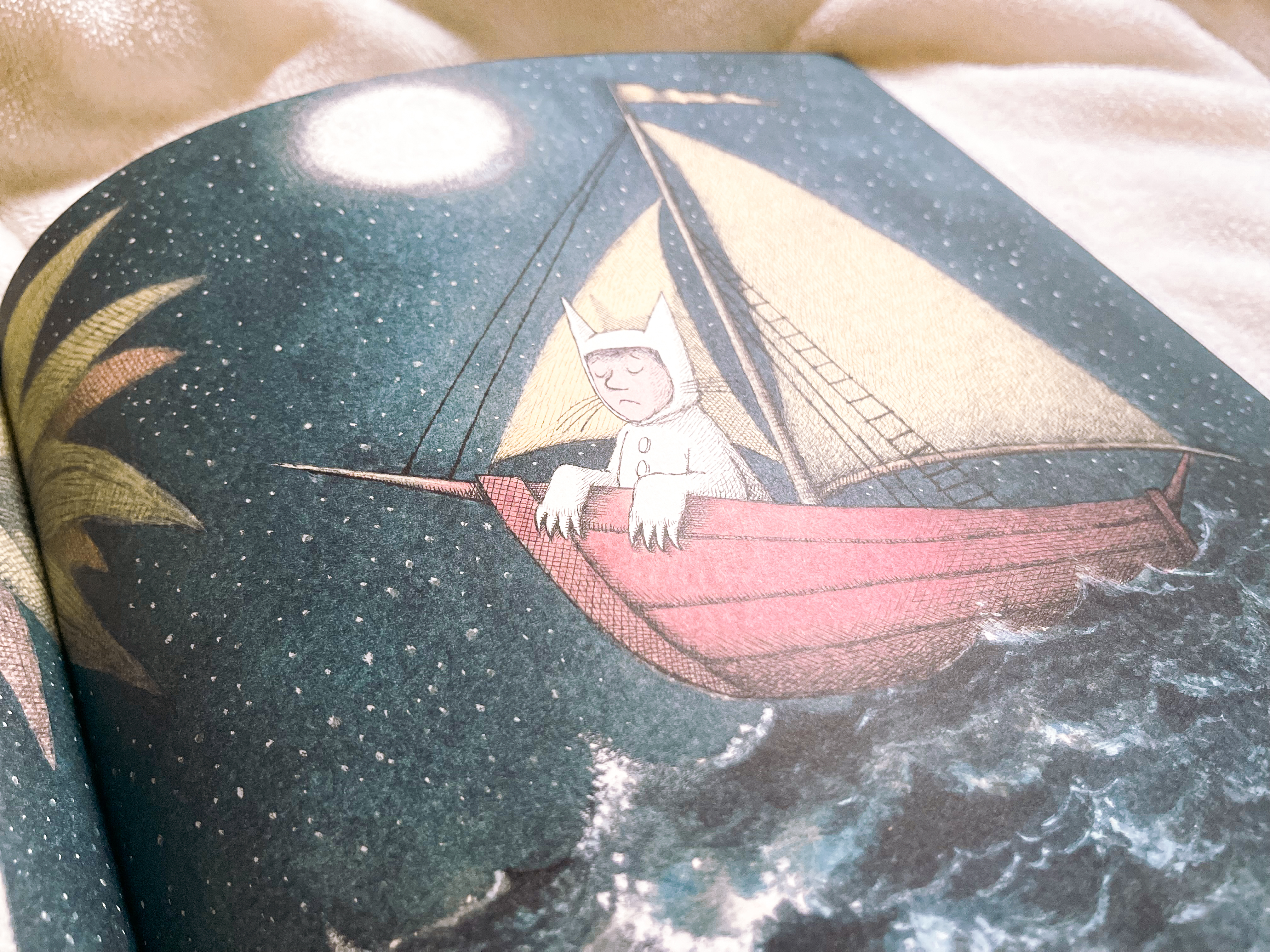
Releasing Our Imagination
SENSORY WRITING PROMPTS
Now, let’s venture over to sensory writing and prompts. Writing can be a powerful tool for self-expression and emotional growth. By engaging the senses in our writing, we tap into a wellspring of creativity and deepen our connection to the story. Here are some sensory writing prompts to explore inside of our journal:
- Write a sensory-rich description of the wild things’ appearance and behavior.
- Close your eyes and imagine you are Max on his boat. Describe the smells and sounds you encounter on your journey.
- Create a sensory poem inspired by the color palette, textures, and emotions of adventure homesickness evoked by the story.
- Write a letter to one of the Wild Things, expressing your thoughts and emotions as you announce your upcoming visit to their island.
Use these prompts as a springboard for our imagination and encourage immersive sensory story participants to explore their own sensory writing. We can even use the vocabulary flash cards found in the Wild Things Coloring Pages Sensory Words Book to expand their sensory word repertoire.
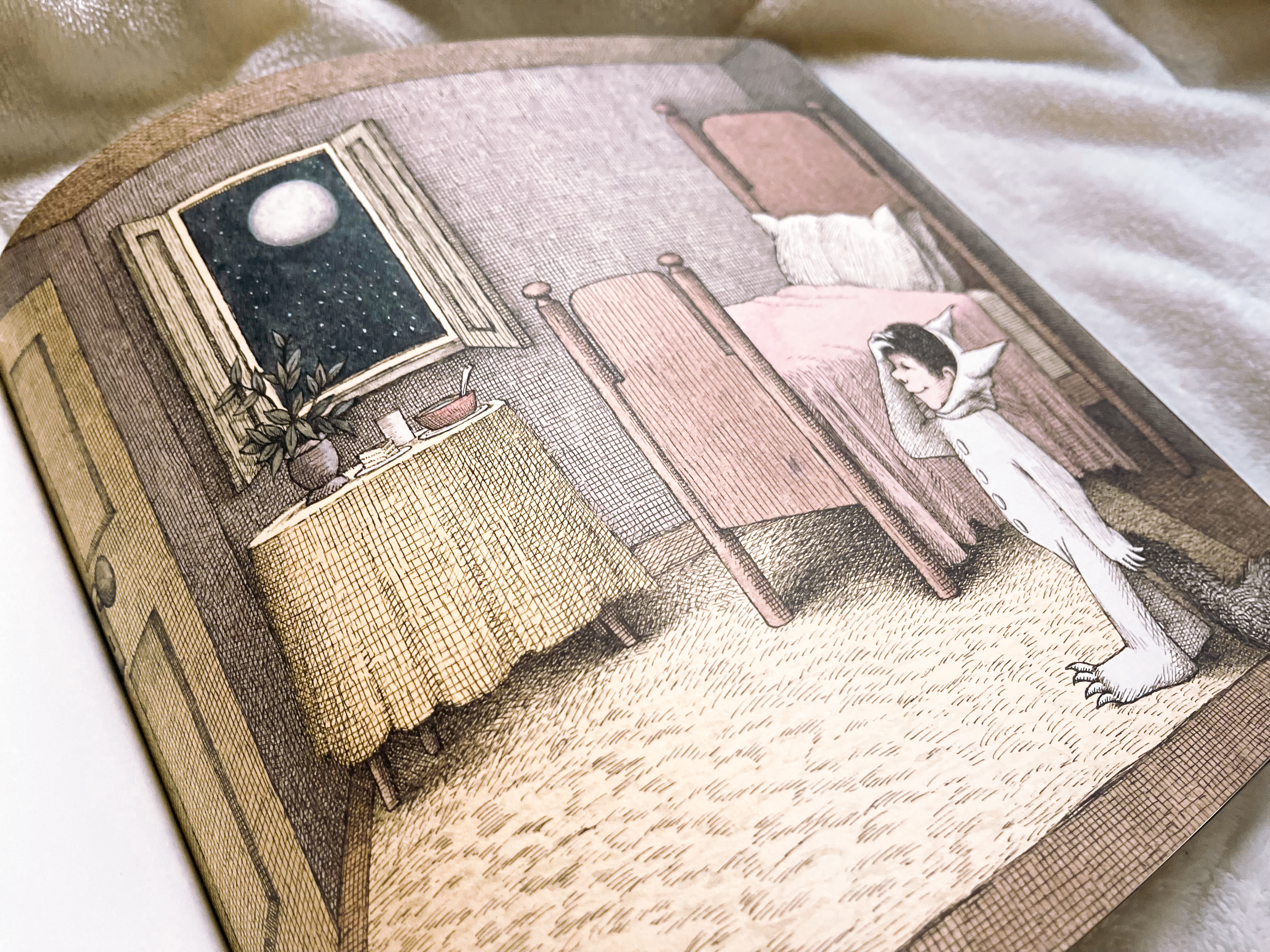
WHAT’S NEXT
As we roar our way through the sensory wonders of ‘Where the Wild Things Are,’ I hope you are inspired to embrace the power of sensory words and storytelling in your own spaces. Let imaginations roam to move around without a fixed destination : FOUND IN : Land of the Moon - GLOSSARY CARDS free, create sensory-rich experiences, and explore the enchantment of Sendak’s beloved classic together with me. Let’s embark on a sensory adventure like no other.
to move around without a fixed destination : FOUND IN : Land of the Moon - GLOSSARY CARDS free, create sensory-rich experiences, and explore the enchantment of Sendak’s beloved classic together with me. Let’s embark on a sensory adventure like no other.
Look for these additions to the experience coming up next:
- an Original Sensory Story Adaptation for the classic story
- a deep dive into related Sensory Storytelling Props
- complete Sensory Space Designs for an immersive walkthrough of story scenes
- real-world Sensory-Friendly Destinations to visit for wild immersive outdoor journeys
Remember, on the Island of the Wild Things, the Wild Rumpus never ends!
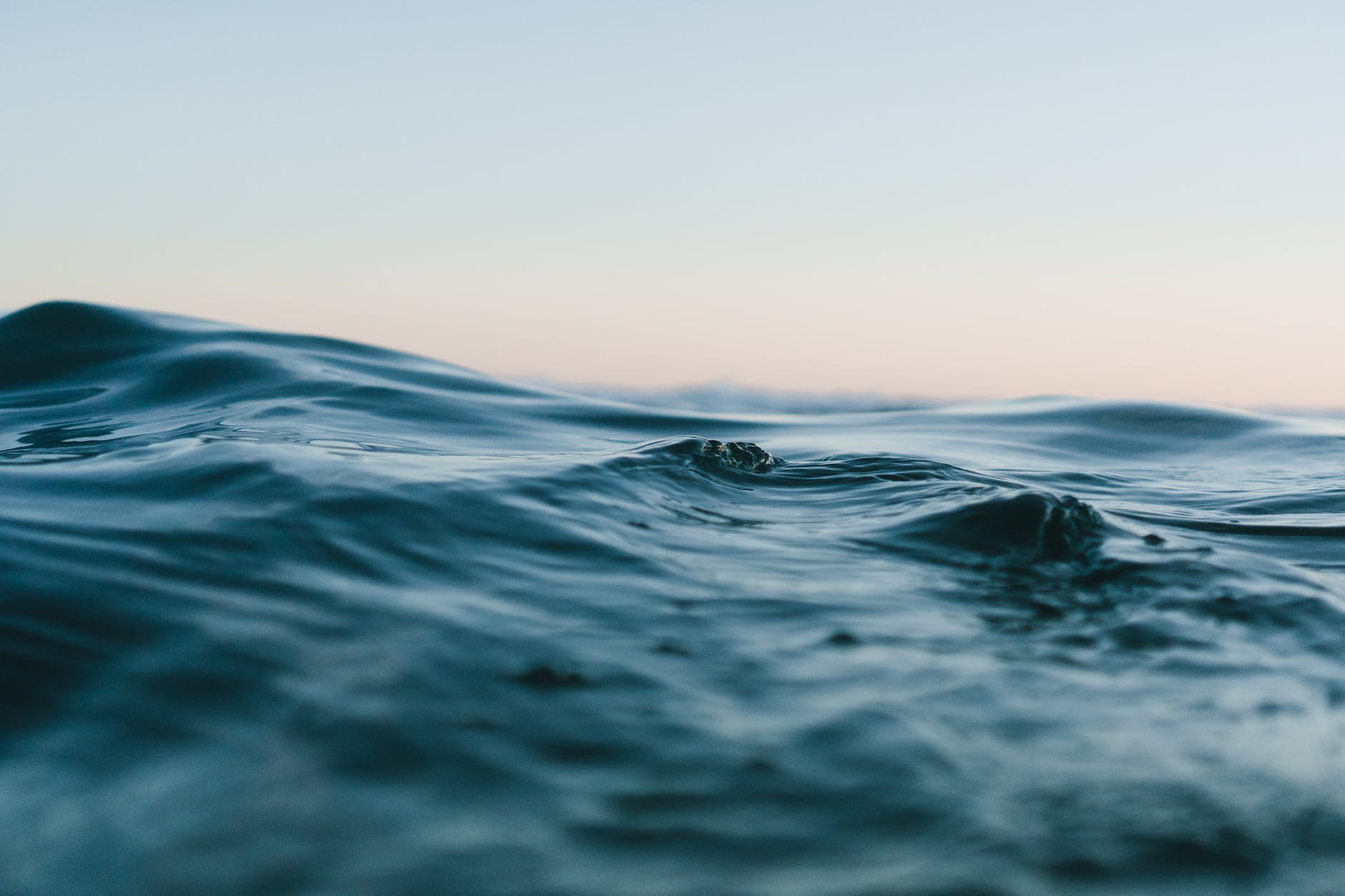
Wild Rumpus
a Wild Things DIY Immersive Sensory Experience
Join our newsletter community and be the first to receive more of the upcoming Wild Rumpus DIY Immersive Sensory Experience from Chrysanthemum Stories, sensory storytelling tips, and exclusive resources for our sensory readers. Get on the mailing list today and unlock a world of sensory wonders delivered directly to your inbox.
Wishing you delightfulpleasing, enjoyable, or satisfying, suggesting happiness, joy, or pleasure adventures and sensory-filled tales,
Mrs. Autumn
Designer, Storyteller, and Sensory Experience Enthusiast
Psst ☞ Some of the links included in this post are affiliate links & I may earn a commission on sales made through them.

